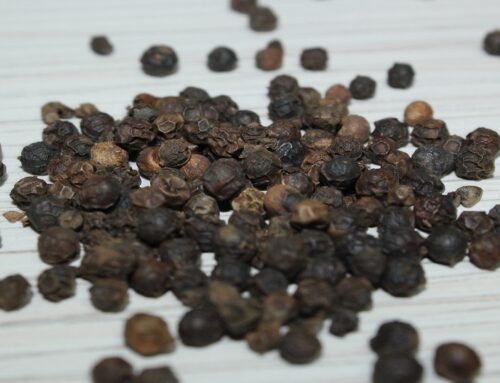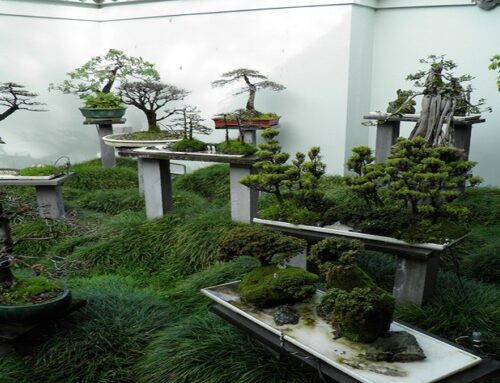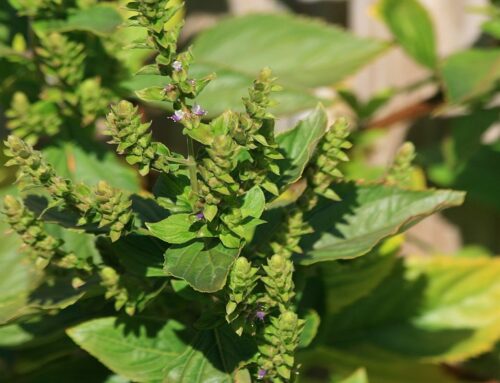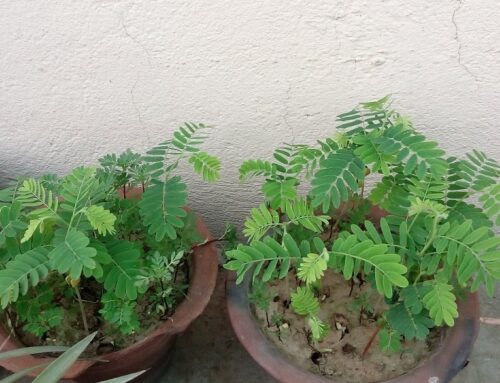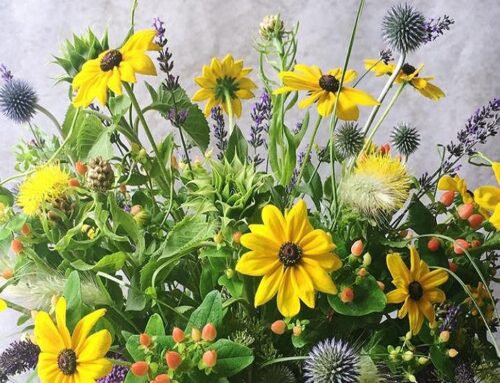Tuberoses are not only beautiful flowers but are highly fragrant also. You can learn various growing practices for tuberose plants in this article.
Climatic Requirements
The flower though can be grown in all types of climates but thrives best in climates which are not too cold and not too hot, in other words the full growth of flower occurs in mid climate. The temperature range for planting the crop should not be more than 35 degree Celsius and less than 20 degree Celsius. Temperature more than this range results in loss of quality of flower and spike length while low temperature affects the crop by damaging the flowers.
Tuberose is a long day plant that has a good vegetative and flower spike initiation when exposed to long days for about 16 hours. The intensity of light also affects the flower growth and quality.
Soil Requirements
The flower grows well in sandy loam soil within a pH range of 6.5 to 7.5. In addition the soil should have good water holding capacity, proper drainage and aeration. The fertility of soil also affects the flower size and quality. Soil rich is organic matter have good moisture holding capacity and produces more bloom of large size as compared to soil with deficiency of the same.
If the flower is to be planted in pots of bowls, the proportion of planting medium should be 2 parts of soil, 1 part of well decomposed organic matter and 1 part of leaf mould.
Site Selection and Field Preparation
Tuberose is a crop of sunny sites hence care should be taken to have proper sunlight in the site where it is decided to plant however a small amount of shade is also required when the temperature is too hot but too much shade should be always avoided. The soil in the site should have good water holding capacity and proper drainage. The root system is damaged if there is problem of water logging.
The field preparation before planting is carried out by deep ploughing followed by proper leveling of soil. Well rotten or well decomposed farm yard manure is mixed with the soil before leveling and all clods are also advised to be removed. The recommended amount of farm yard manure for one hectare is about 50 ton. Similarly the amount of manure to be missed should be calculated using simple calculations.
Propagation
Tuberose is generally propagated by vegetative methods like planting bulbs, or using bulb pieces by Cuttage method which is already discussed in earlier sections of the book.
Selection of Bulbs for Planting
It is better to avoid fresh bulbs for planting as it leads to more vegetative growth than flowers. The bulbs one dug out of the soil should be kept under shade at least for one month and afterwards the same are treated with fungicides to prevent disease infection. The infection free and proper sized bulbs are then selected for planting.
Planting Tuberose Bulbs
Planting Season
The ideal time of planting tuberose bulbs is February to March in the plain areas and April to May in hilly areas. If the environmental conditions permit, the bulbs are also planted during rainy season for quick growth. But the bulbs require replanting after third year completes.
Planting Method
Bulbs which are under the range if 2 to 3 centimeter diameter are considered suitable for planting as it takes more time for larger bulbs which have more membranous scales to sprout hence proper sized bulbs should be selected for planting the crop.
Planting Depth and Space
The depth of planting depends upon size of the bulb. It is well observed that bulbs having large size should be planted deep as compared to bulbs with smaller sizes. The planting depth ranges between 4 to 7 centimeters. In addition to size, type of soil and site selected are also other parameter to decide the planting depth. It is recommended to plant the bulbs deep when the soil is light as compared to heavy soils like clayey.
The bulbs should be planted at a distance of 45 X 20 centimeter. Before planting, it is advised to treat the bulb with a fungicidal dust.
Irrigation and Fertilizer Schedule
Tuberose is water loving crop therefore it is advised to plant them in soil which has good water holding capacity. The irrigation schedule should be made in such a way that the crop should get water once in a week during summer season and once in 10 days interval during winter season. If the climate is too dry, irrigation is done twice a week. Irrigation frequency, in addition also depends upon type of soil, climate and weather as well as growth stage of plant.
At the time of field preparation, basal dose of farm yard manure is given to the soil to initiate the bulb growth. Excessive amount of Nitrogen application enhances the vegetative growth but the flowers quality in such plants gets affected and also these plants become vulnerable to pests and strong winds. The recommended amount of fertilizer for 1 hectare of crop is 200:60:50 kg each of Nitrogenous, Phosphate and Potassium fertilizers.
Harvesting
For vase decoration, the spike of the flower is cut with a sharp blade when the first pair of flowers opens completely. For garlands making, each flower from the spike is picked individually. The ideal hours of the day should be taken into consideration while harvesting either of the spike or individual flower. It is recommended to carry out this operation when the temperature is cool that is either in morning or evening hours.
For digging out the bulbs, the plant is allowed to grow till it matures and start drying. The old part after drying of the foliage is removed and bulbs are dug out from the soil.
Post Harvest Management
Methods of Elongation of the Flowers in Vase
To elongate the vase life of the spikes, the spikes after detaching from the plant should be dipped in water containing a preservative solution of sucrose helps in increasing longevity of the flowers.
Bulb Storage
It is very important to have knowledge about storage of bulbs for next year plantation. The bulbs after taken out of the soil are dried under shade for 30 to 45 days. Care should be taken to completely remove the soil from bulbs in order to prevent disease infection. The bulbs are graded on the basis of sizes and also dried separately. Before storing the bulbs, it is advised to re-check the bulbs and remove the bulbs containing traces of moulds, insects and other pests.
The bulbs are then graded and stored as in case of lilies.
We have a book on ‘Growing Tuberoses‘….
Check out our publishing services here…
We publish top quality videos on various ‘Food & Agriculture’ topics. You may subscribe our video channel here…


